It’s hard to imagine how Britain’s most notorious killers ever blended in among their neighbours while pretending to live normal lives.
But this was the reality for many infamous murderers as they concealed their heinous crimes behind caring personas, steady jobs, sweet family lives and ordinary homes.
Some appeared to have perfect lives as they lived in cosy properties with their partners and children – while others existed alone in neat and tidy abodes.
While ‘houses of horror’ where severe crimes take place are often swiftly demolished once the killer is jailed, others stay not only standing, but open for offers and new residents.
Some have struggled to sell as potential buyers can’t look past the atrocities which occurred within the property’s walls – while others flew off the market.
Wayne Couzens‘ marital home, which was put on sale earlier this year for £300k, has since been reduced to £280k after it failed to find a buyer.
But Lucy Letby’s home sold for £201k in 2019, a year after she was arrested and a £22k increase on what she’d bought it for three years prior.
Notorious serial killer Dennis Nilsen’s Cranley Gardens flat is now an expensive London home. The apartment sold for £83k in 1996, before being put back on the market and selling for £520k in December 2024.
The Daily Mail takes a look at the unassuming homes of Britain’s most wicked murderers, and how much they’re worth.
Wayne Couzens
Disgraced Met Police officer Wayne Couzens is serving a whole life sentence for the kidnap, rape and murder of Sarah Everard in March 2021.
In a horrific breach of his position, Couzens handcuffed and ‘arrested’ 33-year-old Sarah during a fake Covid patrol as she walked home through Clapham Common, having visited a friend for dinner.
He lured her into his car, then raped and murdered her, before driving to a woods near Ashford where he burnt her body and dumped her remains in a pond – with police making the tragic discovery six days later.
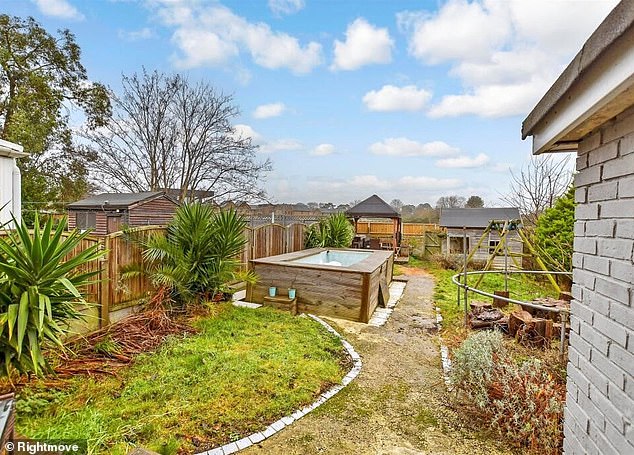
Wayne Couzens’ marital home has gone on the market for £280k – complete with a hot tub he built in the back garden (pictured). Earlier this year, it was on sale for £300k, but has dropped in price
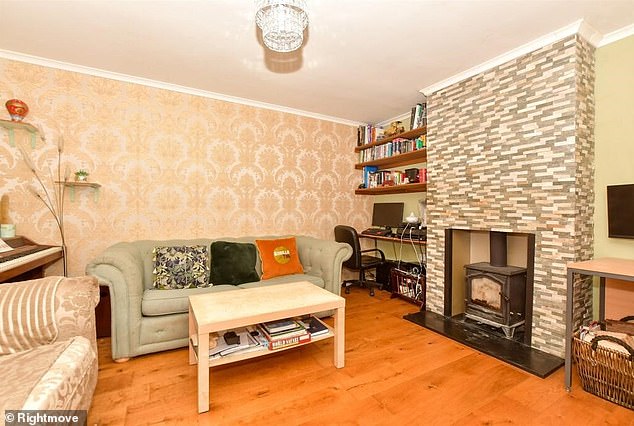
The property is described by estate agents as an ‘ideal terraced family house, spacious throughout with three double bedrooms and ample living space’
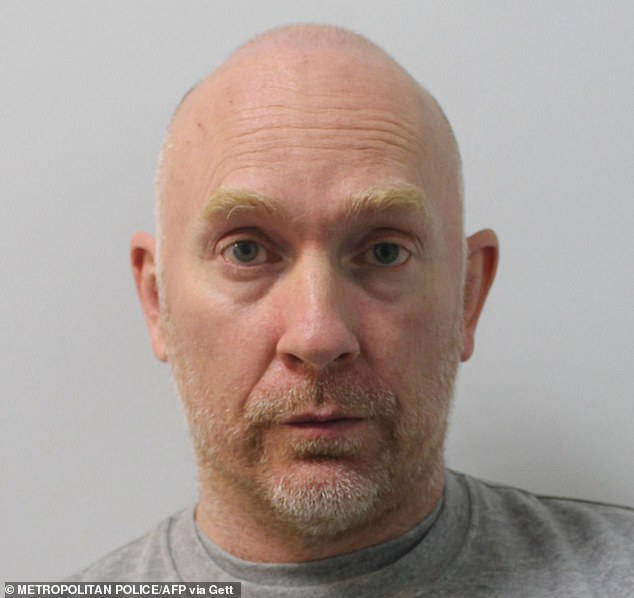
Shamed Met police officer Wayne Couzens, 52, (pictured) is serving a whole life sentence for the kidnap, rape and murder of Sarah Everard in 2021
His heinous acts left the nation baffled due to Couzens’ remarkably normal life -working to support his wife and children who he lived with in the couple’s marital home in Deal, Kent.
Even his wife Olena confessed she couldn’t understand why her husband carried out the brutal attack, having bought a family house with him for £200k five years earlier in 2016.
This week, the house went on the market for £280k, the Mail revealed, complete with a hot tub Couzens built in the back garden.
The home was put up for sale earlier this year for £300k, but the price dropped by £20k after failing to attract interest.
The property has been described by estate agents as an ‘ideal terraced family house, spacious throughout with three double bedrooms and ample living space’.
The listing adds: ‘The rear garden is a great size and overlooks fields behind. To the front there is a blocked paved driveway and garage.
‘The property has been well cared for and has a modern kitchen bathroom and log burner.’
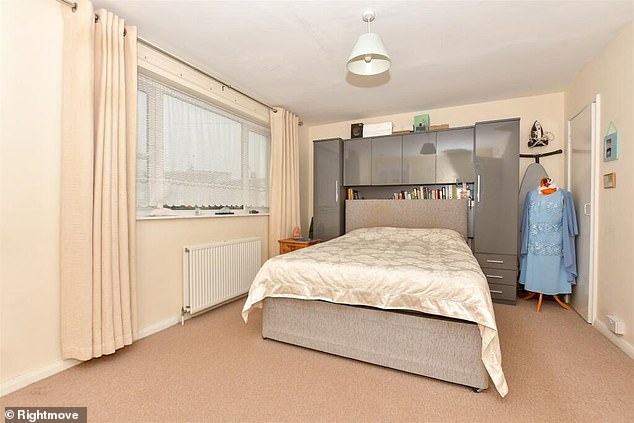
The bedroom features a double bed with built-in grey cupboards and wardrobes around it
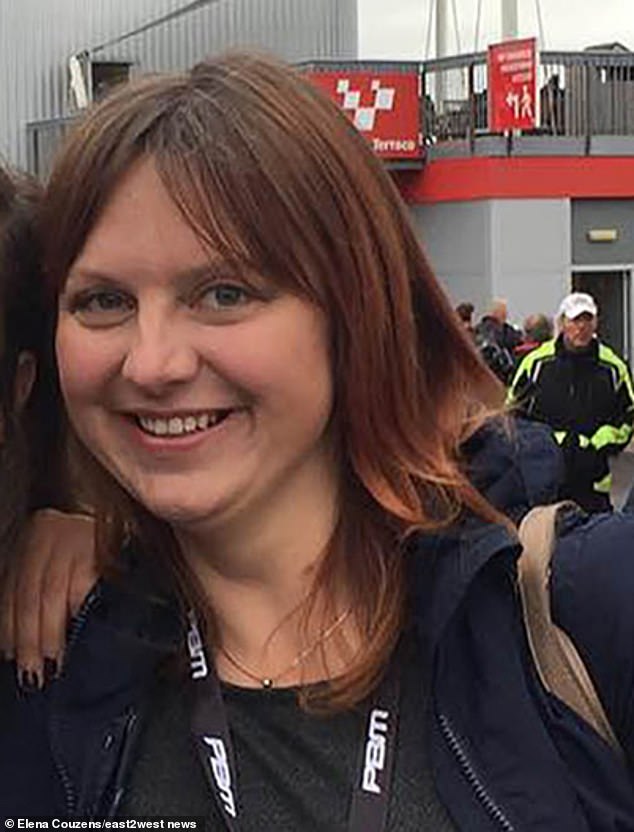
Couzens’ wife Olena (pictured) previously confessed she couldn’t understand why her husband carried out the brutal attack
Photos show a pleasant and tidy interior, featuring a double bedroom with built-in cupboards, a cozy living room and spacious garden.
Ukrainian born Olena was often seen walking the family’s two pet French bulldogs, and was described as ‘warm and friendly’ by locals, who claimed she ‘kept a low profile’.
Lucy Letby
Prolific child killer Lucy Letby was convicted of the murders of seven babies and the attempted murders of seven others at the Countess of Chester Hospital between June 2015 and June 2016.
She has been sentenced to 15 whole life orders for her crimes, which will run concurrently, meaning she will never be released from prison.
Despite doubts raised about whether Letby is actually guilty, detectives investigating the 35-year-old passed a file of evidence to prosecutors alleging she murdered and harmed even more babies, it was reported last month.
After her conviction, photos were released of her childlike home filled with teddies, clichéd motifs and fairy lights.
It was there that detectives found crucial evidence including her diary, hospital documents and Post-it notes, one of which read: ‘I AM EVIL. I DID THIS.’
Other images show a bright and tidy living room with elegant wallpaper and a purple rug. The house features a spacious garden complete with a patio, large lawn and potted plants.
The Daily Mail previously revealed how a technician purchased the two-bedroom semi-detached property in Chester for £201k in 2019 – the year after Letby’s arrest.
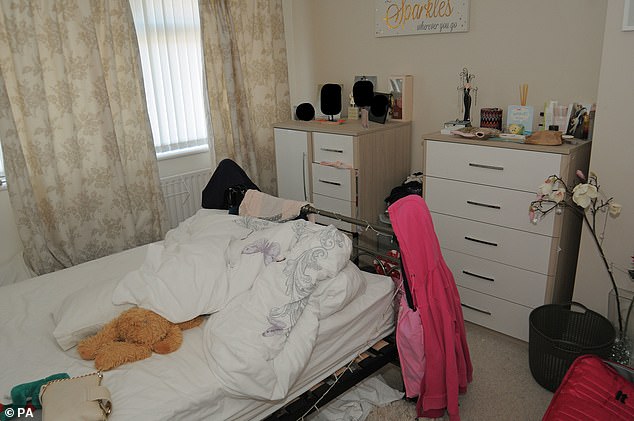
Photographs of Lucy Letby’s bedroom were released following her conviction. A canvas on the wall bears the slogan: ‘Leave sparkles wherever you go’
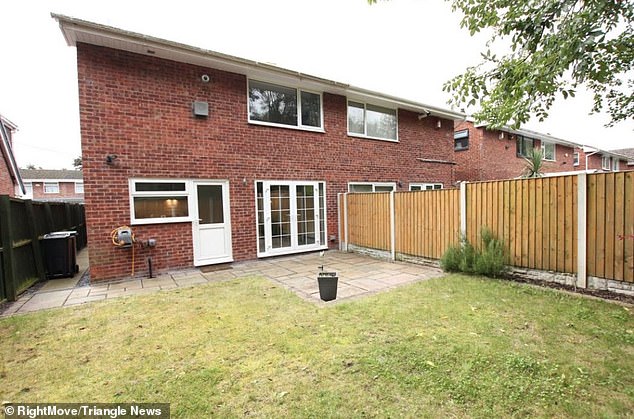
The semi-detached property in Chester where Letby was arrested. It sold for £201k in 2019 – three years after Letby bought it for £179k
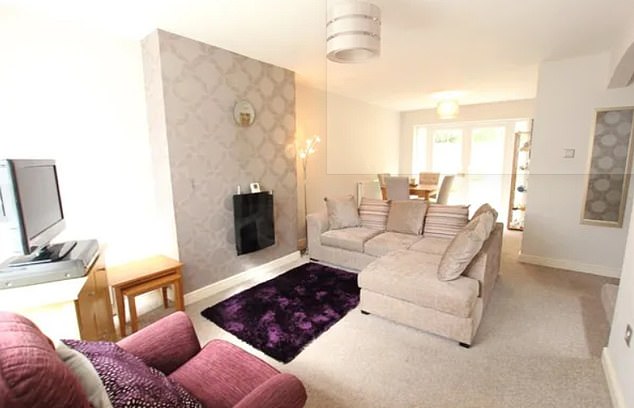
Letby’s bright living room area featuring a cosy-looking chair and corner sofa
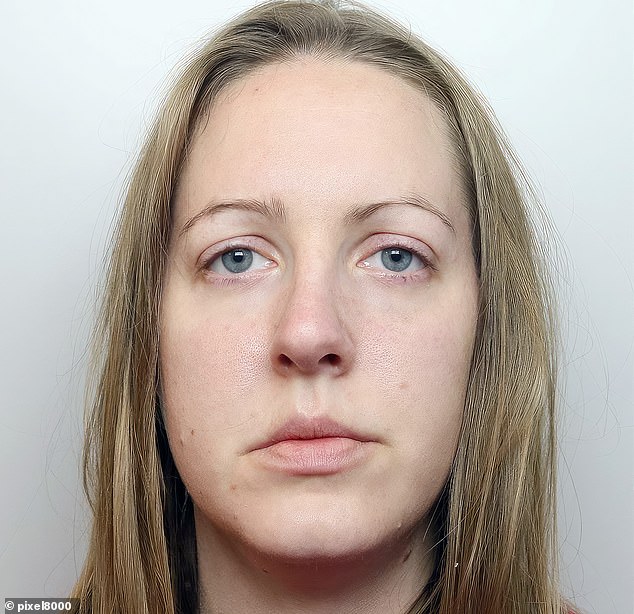
Prolific child killer Lucy Letby (pictured) was convicted of the murders of seven babies and the attempted murders of seven others at the Countess of Chester Hospital between June 2015 and June 2016
Speaking of the purchase, the buyer said in 2023: ‘I was aware of the previous owner’s background when I bought it. I was told by the estate agent what was going on but obviously I’ve got nothing to do with the previous owner.
‘I was made aware of what had happened when I bought the house. It got released during the investigation and told it was fine to buy it.’
Letby bought the semi-detached property in Chester for just under £179k in April 2016 – the same time she was conducting her secret killing spree.
This means the house saw a £22k price increase in the space of three years.
In 2018, the home was raided by crime scene investigators who found the trove of incriminating evidence against Letby.
The killer moved into the house after leaving nurse’s accommodation on the site of the hospital.
Dennis Nilsen
Dennis Nilsen, one of Britain’s most notorious serial killers, is believed to have murdered 15 young men within two homes in North London.
He was caught by police at his property in picturesque Muswell Hill’s Cranley Gardens in 1983.
The flat sold for £83k in 1996, before being put back on the market and selling for £520k in December 2024.
The disgraced former civil servant begun his horrific murders at his previous property, a ground-floor flat in Melrose Avenue, Cricklewood, just five miles away.
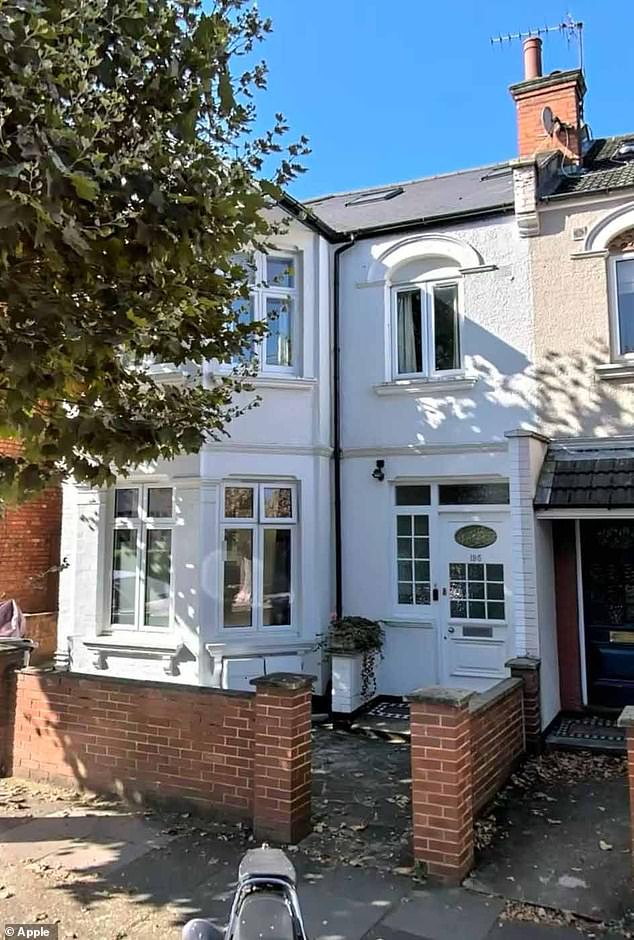
Serial killer Dennis Nilsen murdered some of his victims at a ground-floor apartment in Cricklewood, north London (pictured)
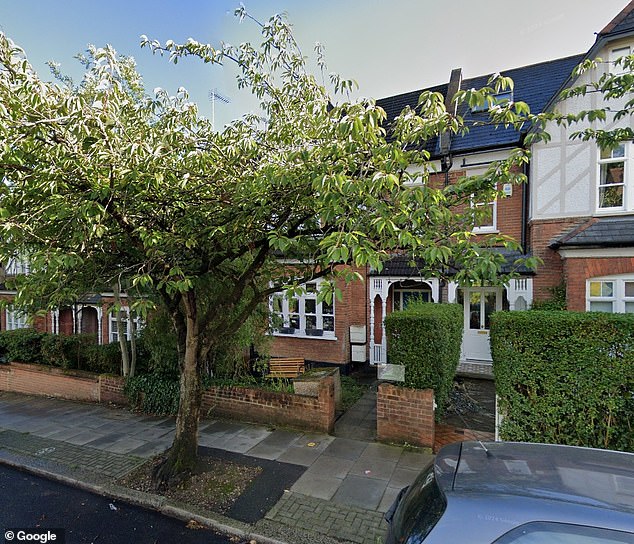
Nilsen was finally arrested after concerns were raised in Cranley Gardens, Muswell Hill (pictured), where he killed some of his victims
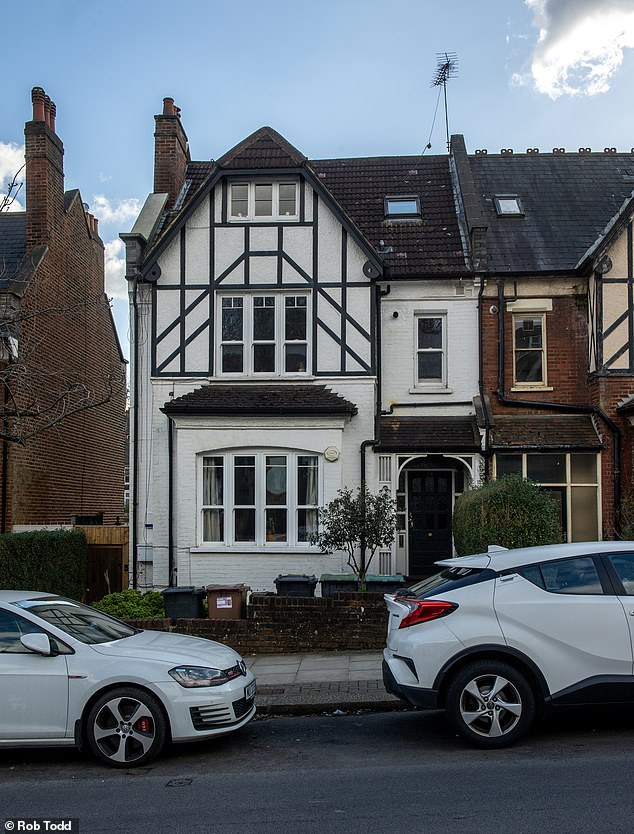
Cranley Gardens in Muswell Hill, north London, was where Dennis Nilsen was finally caught
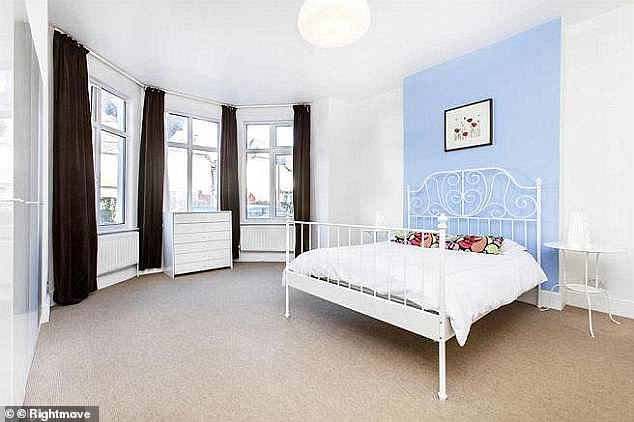
The Cricklewood flat was bought for £493k in April 2016. Pictured: the flat after renovations
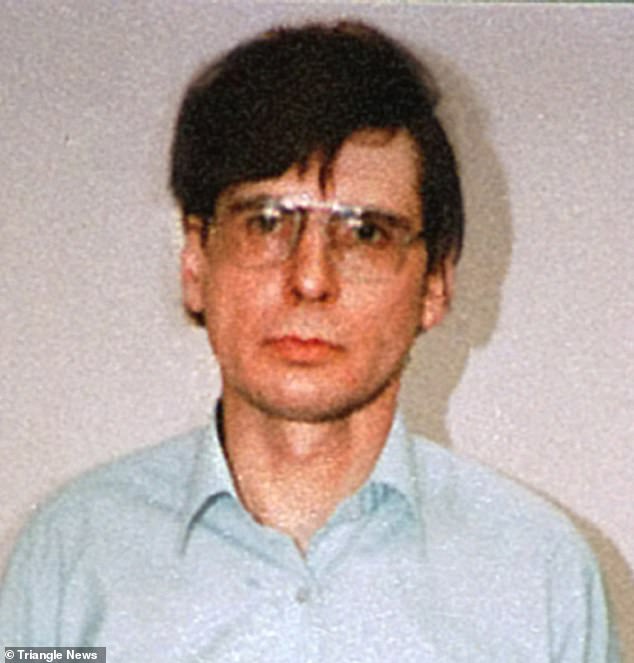
Dennis Nilsen (pictured)was jailed for life in November 1983 after being found guilty of multiple murders
The home is still standing and has increased in value – despite the bodies of some of his victims being buried in gardens behind the property.
The two-bedroom Cricklewood apartment last sold for £493k in April 2016 – a higher value than neighboring properties sold for around the same time.
The flat is any homeowner’s dream, placed inside a stunning period property on a tree-lined street.
It boasts high windows and ceilings, as well as a glamorous paved entryway.
Wicked Nilsen would meet his victims, who were usually gay or homeless, in pubs before luring them back to his home and plying them with food or alcohol before killing them, with strangulation his preferred method.
He is thought to have murdered at least 12 people in Cricklewood, then more at his subsequent home of Cranley Gardens.
While he would bury his victims in the garden when living in Cricklewood, in Muswell Hill he opted to cut up the corpses, boiling heads on the stove, before stuffing body parts into plastic bags he would send down the pipes.
Nilsen was convicted of six murders at the Old Bailey and jailed for life in November 1983, with a recommended minimum term of 25 years – though this was later upgraded to a whole life tariff and he died behind bars aged 72 in May 2018.
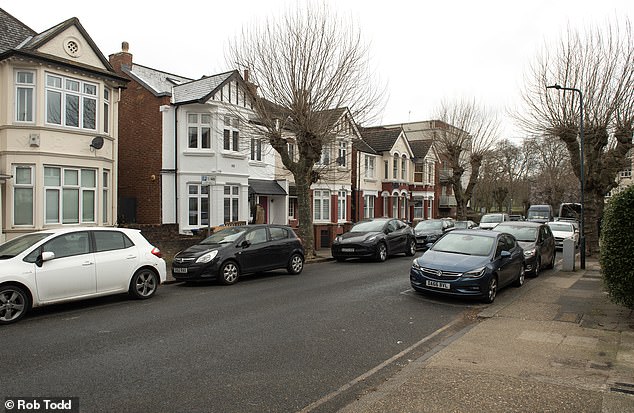
Melrose Avenue in Cricklewood was where Dennis Nilsen used to live
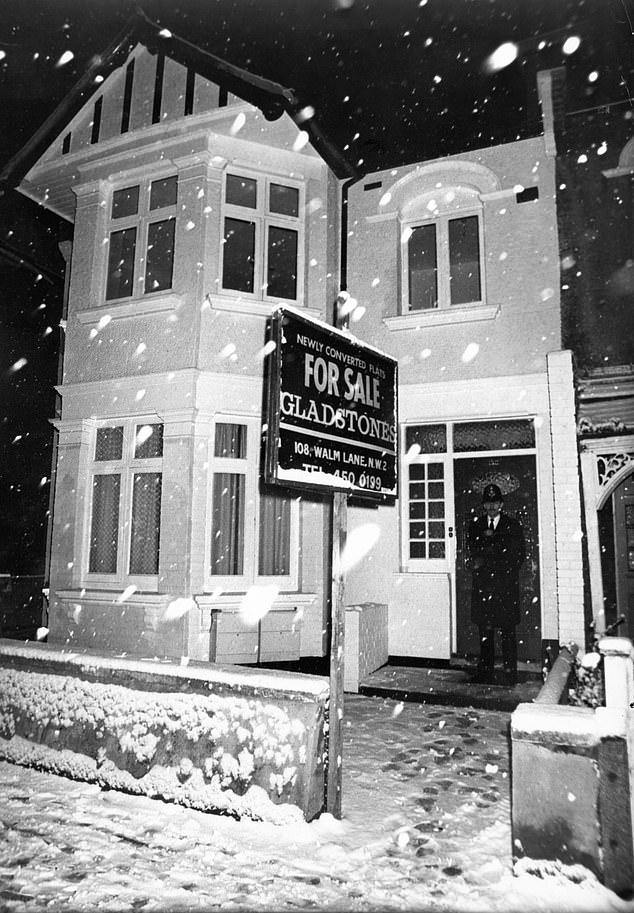
A police officer is seen outside Nilsen’s former Cricklewood home after his arrest in 1983
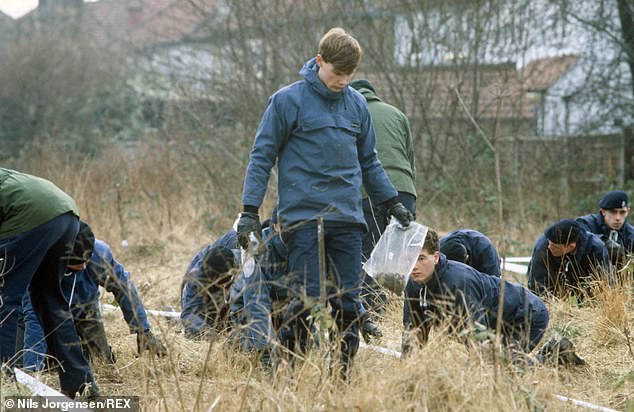
Officers searched in gardens behind the Cricklewood address after the serial killer was caught
Ian Brady and Myra Hindley
Ian Brady and Myra Hindley carried out the Moors murders – a series of horrific child killings – between July 1963 and October 1965.
The couple first slaughtered 16-year-old Pauline Reade after persuading her to get in their car.
They went on to abduct and kill four more children before burying their bodies on Saddleworth Moor. Keith Bennett, 12, is the only victim whose remains have not yet been found.
The couple were jailed for three murders in 1966. They later confessed to another two killings before Hindley died aged 60 in prison in 2002. Brady died in 2017.
John Kilbride, 12, was the couple’s second murder after he was snatched from Ashton market in November 1963. He was strangled and buried in a shallow grave.
Lesley Ann Downey 10, disappeared on Boxing Day. She was snatched from the fair and taken back to Hindley’s house. She was then brutally assaulted, with the ordeal captured on tape.
Edward Evans 17, was the sick duo’s final victim. He had just been to see Manchester United play when Brady lured in Edward. The killer then repeatedly bludgeoned him with an axe.
Brady and Hindley murdered at least two of their victims at their ‘house of horrors’ in Hattersley, Manchester.
The modest semi-detached house was located on Wardle Brook Avenue on an estate, surrounded by other homes.
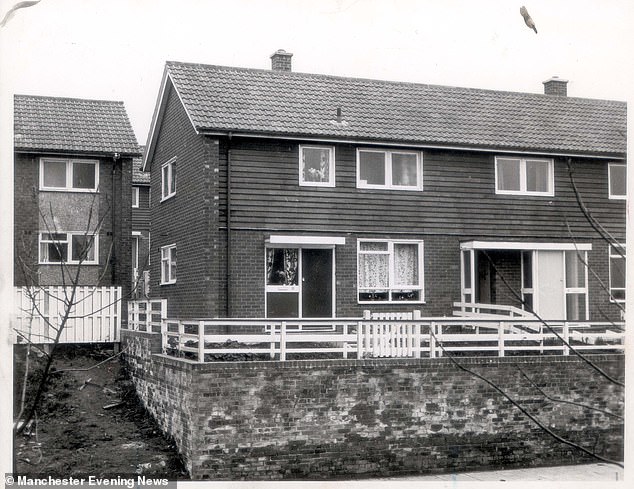
The semidetached house of Ian Brady and Myra Hindley in Hattersley, Manchester
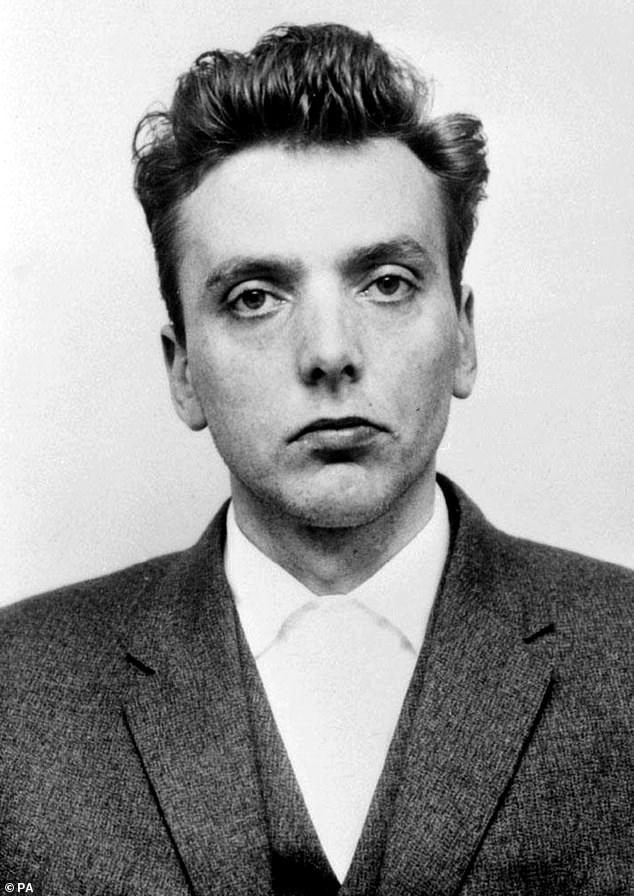
Moors murderers Ian Brady (pictured) and Myra Hindley killed five children in Manchester in the early 1960s
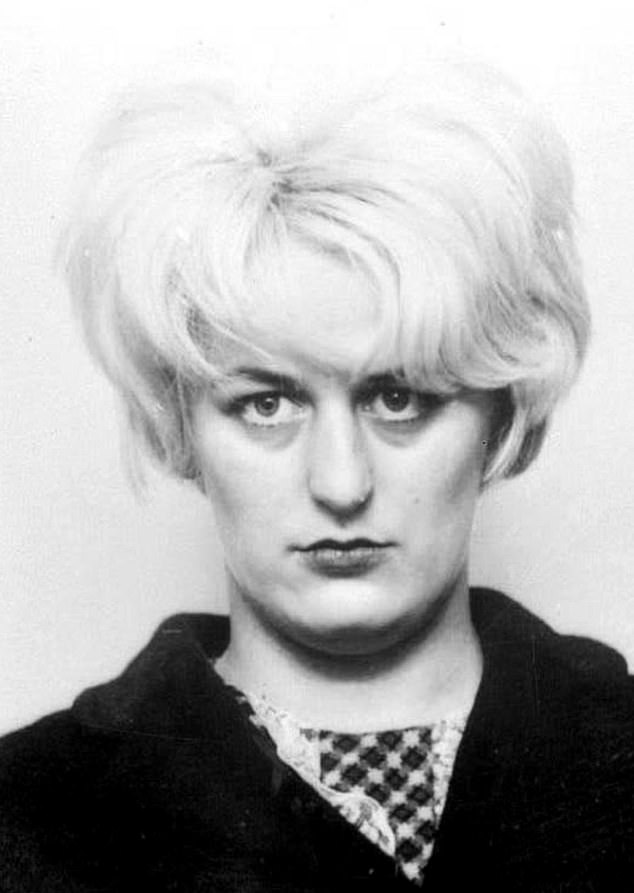
Myra Hindley (pictured) helped Brady murder five children and was jailed for life in 1966
Police searched the housing estate home in December 1965 after Edward Evans was killed.
The house was later pulled down in the 1980s after a series of would-be tenants refused to move in.
A home on the avenue sold for £135k in 2022, according to property portal Zoopla.
Levi Bellfield
British serial killer Levi Bellfield is serving two whole life orders for killing 13-year-old Milly Dowler, Marsha McDonnell and Amelie Delagrange, as well as the attempted murder of Kate Sheedy.
The former nightclub bouncer murdered 13-year-old Milly in March 2002 after abducting her in Walton-on-Thames, Surrey.
The teenager went missing while making her way home from school and her body was found in a wood six months later.
Bellfield went on to kill Marsha McDonnell, 19, and Amelie Delagrange, 22.
He was arrested in November 2004, and found guilty of two murder in 2008. In 2011, Bellfield was further found guilty of Milly’s murder.
He lived in a home in Little Benty, West Drayton, a cul-de-sac nestled close to a web of motorway slip roads.
While there is no available record of house prices for the property Bellfield lived in, homes on the estate were commonly selling for more than £400k in 2023, according to Zoopla.
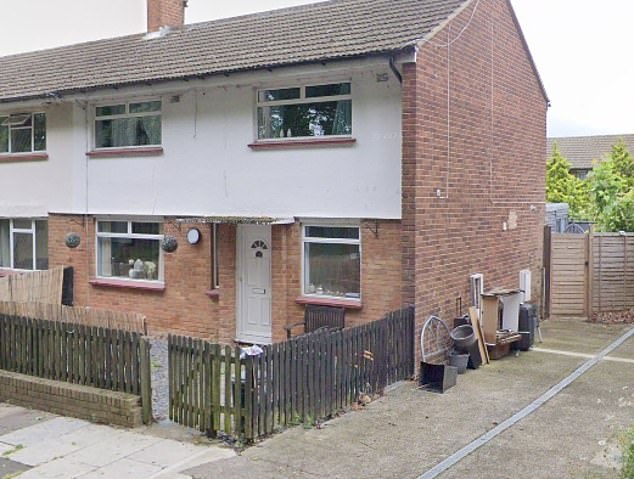
Levi Bellfield lived in a home in Little Benty, West Drayton, a cul-de-sac nestled close to a web of motorway slip roads. Houses in the area sold for more than £400k in 2023
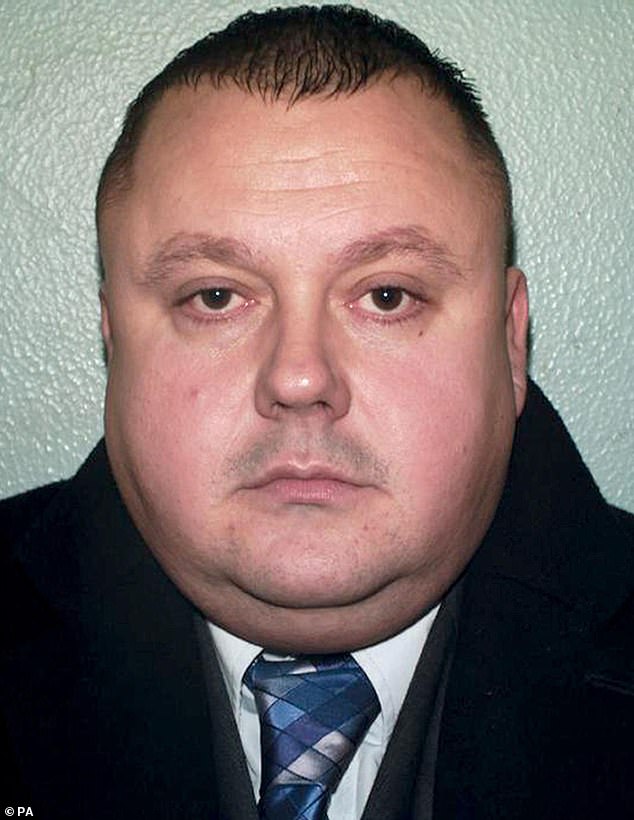
Levi Bellfield (pictured) is serving two whole life orders for killing 13-year-old Milly Dowler, Marsha McDonnell and Amelie Delagrange, as well as the attempted murder of Kate Sheedy
Harold Shipman
Doctor Harold Shipman, a former GP, killed an estimated total of 250 patients over a 27-year period stretching back to 1971, using the drug Diamorphine.
Around 80 percent of his victims were elderly women – his youngest victim being a 41-year-old man.
Shipman was convicted of drug offences in 1976 after becoming addicted to pethidine, but he was allowed to carry on practising by the General Medical Council (GMC).
He begun his killing spree in Pontefract General in the early seventies, and was eventually arrested in September 1998, aged 52, before being jailed for life in January 2000.
He lived in a modest home in the small town of Hyde, Greater Manchester, a place small enough for locals to be familiar with most of their neighbours.
For years, Shipman lived among the people he would one day horrify as he used his disguise as a trustworthy GP to carry out heinous crimes.
His home featured a short garden wall and front garden, surrounded by many other houses.
Shipman moved into the property with his wife and their four children during the late 1970s.
It wasn’t until the late 1990s that the walls of Shipman’s carefully curated persona started to crack.
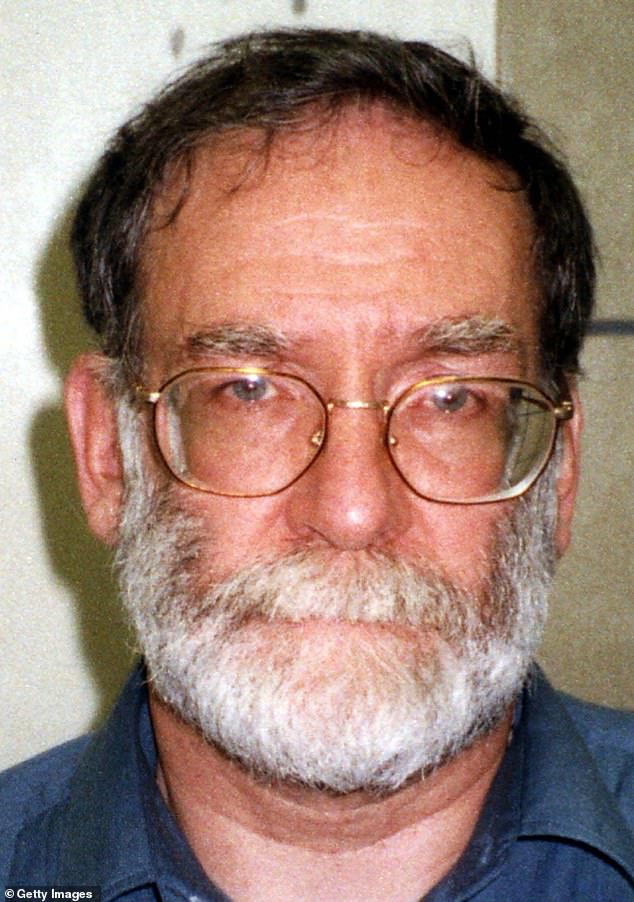
Dr Harold Shipman abused his position as a family GP to murder an estimated 250 patients
He was convicted at Preston Crown Court of the murders of 15 elderly women: Marie West, Irene Turner, Lizzie Adams, Jean Lilley, Ivy Lomas, Muriel Grimshaw, Marie Quinn, Kathleen Wagstaff, Bianka Pomfret, Norah Nuttall, Pamela Hillier, Maureen Ward, Winifred Mellor, Joan Melia and Kathleen Grundy.
Ten days after, his whole life-term conviction plus a four-year sentence for forgery, the GMC struck Shipman off the register.
An inquiry was launched a year after his sentencing, which concluded that the family doctor had killed at least 215 of his patients between 1975 and 1998, during which time he had also practised in Todmorden, West Yorkshire, and Hyde, Greater Manchester.
A sixth and final report in 2005 found further suspicions about other deaths in his early career and Dame Janet Smith, the judge who submitted the report, estimated his total victim count over that 27-year period was 250.
On the eve of his 58th birthday, Shipman was found hanged in his cell in Wakefield Prison in January 2004.












